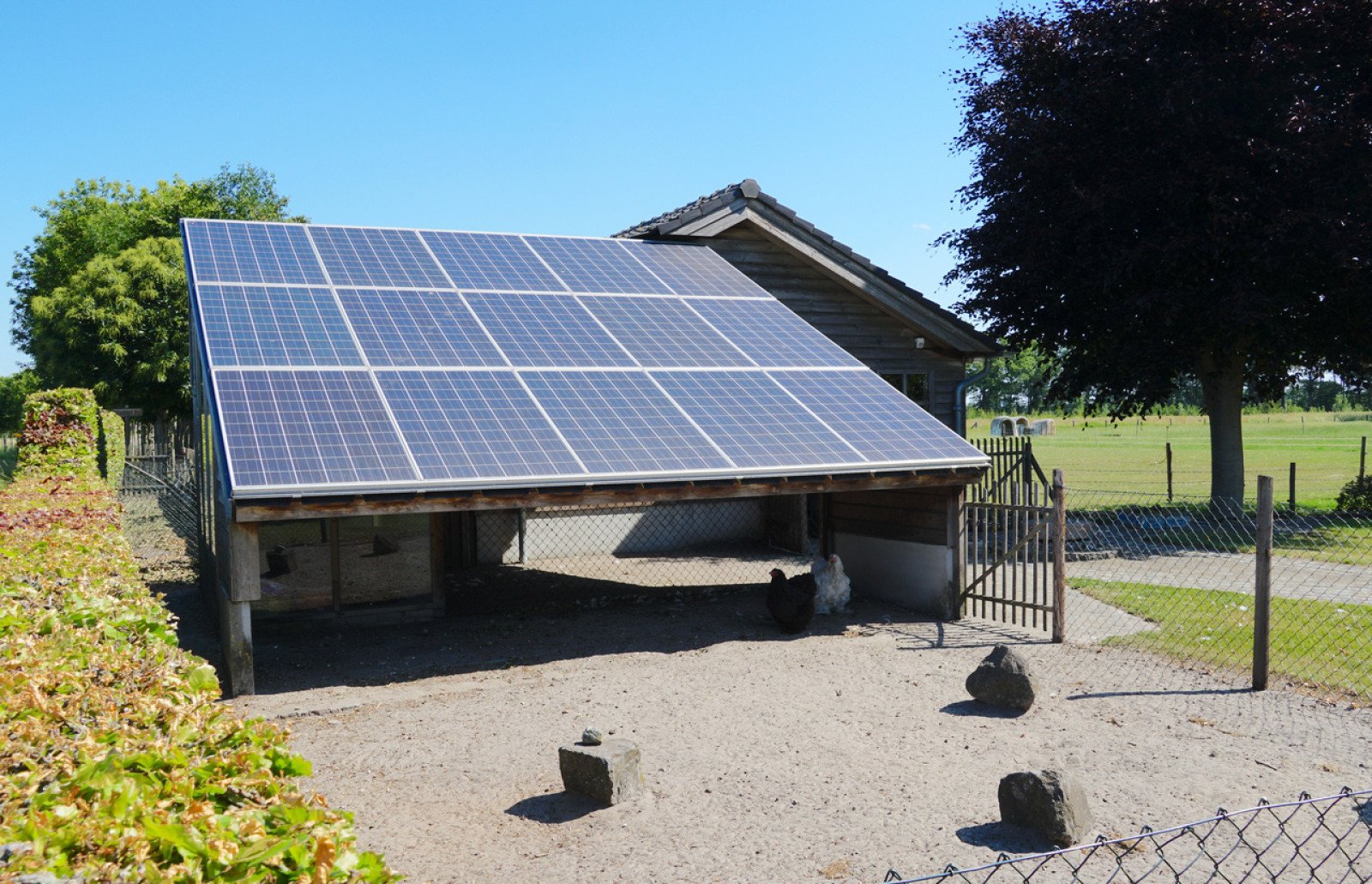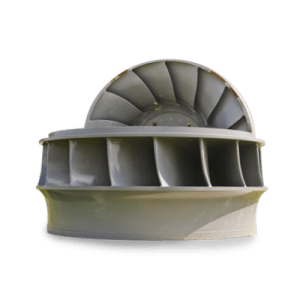Is solar energy feasible?
Use the relationship between solar energy and time to determine if it's feasible to use a solar PV system to heat a garden shed.

Overview
After reviewing a short scenario, students use the relationship between solar energy and time and the minimum energy required to determine if it is feasible for a solar photovoltaic (PV) system to heat a garden shed. Your class will use algebraic formulas and a system of quadratic and linear equations to help inform their decisions.
Instructions
What you'll need
- "Is solar energy feasible?" worksheet
- Organize your students into small groups and provide each student with a copy of the "Is solar energy feasible?" worksheet.
- Briefly explain that a homeowner in Victoria, B.C. wishes to use a solar photovoltaic (PV) system to heat a garden shed. The garden shed uses 20kWh of electricity each month. Is it feasible for the solar PV system to generate the required electricity? Invite groups to note an initial hypothesis on their worksheets.
- Ask groups to determine the feasibility by using the equation where E is the energy received by the shed in kWh and t is the time in months starting in January. Guide groups to algebraically solve the formula using a system of quadratic and linear equations. The points of intersection give the months of the year that the minimum amount of energy is provided by the solar panels (the first month being January). Invite groups to share their solutions with the class.
- Encourage groups to revisit their initial hypothesis about the feasibility of using a solar PV system to power the garden shed. Remind students to use the results of their equations to guide their decision making.
Modify or extend this activity
- Consider using graphing technology to create the graph that shows the electricity generated by the solar panels in a year.
- Invite students to determine the energy savings from using solar panels by applying electricity rates to the amount of energy required to heat the shed.
- Use this activity as a guide to determine the feasibility of using solar energy to power other buildings like a school, home, office, or a local store.
Curriculum Fit
Foundations of Mathematics 11
Big idea
- Optimization informs the decision-making process in situations involving extreme values
Content
- Systems of equations (including linear with linear; linear with quadratic; and quadratic with quadratic)
Curricular competencies
Reasoning and modelling
- Explore, analyze, and apply mathematical ideas using reason, technology, and other tools
Understanding and solving
- Develop, demonstrate and apply mathematical understanding through inquiry and problem-solving
Communicating and representing
- Use mathematical vocabulary and language to contribute to discussions in the classroom
Connecting and reflecting
- Reflect on mathematical thinking
- Connect mathematical concepts with each other, other areas, and personal interests
Assessments
Throughout the activity consider how well students:
- Understand the concept of systems of equations.
- Use appropriate vocabulary (e.g., linear, quadratic, standard form, point of intersection) in their justifications and/or explanations.
- Pay close attention to appropriate details.
- Use mathematical evidence to make sound mathematical decisions or conclusions.
Teaching Notes
- Students should interpret the number of months that the panels can provide sufficient energy as the difference between the points of intersection.
- Students will use the relations to determine the point of intersection between the curve and the line, then interpret the point of intersection as the time in the year at which the minimum energy requirement is achieved.
- Any quadratic model that opens down with two real roots could be used instead of the equation noted in the activity.
- To complete this activity, students would need to be able to solve a quadratic equation using the quadratic formula.
Solar power in B.C.
Solar energy is an affordable alternative energy that can be used to help heat and power your home, school, or business. However, there are some important considerations around the use of both solar photovoltaic and solar thermal systems in British Columbia that you should be aware of. Check out bchydro.com for more information regarding the practicality of solar energy in our province.







